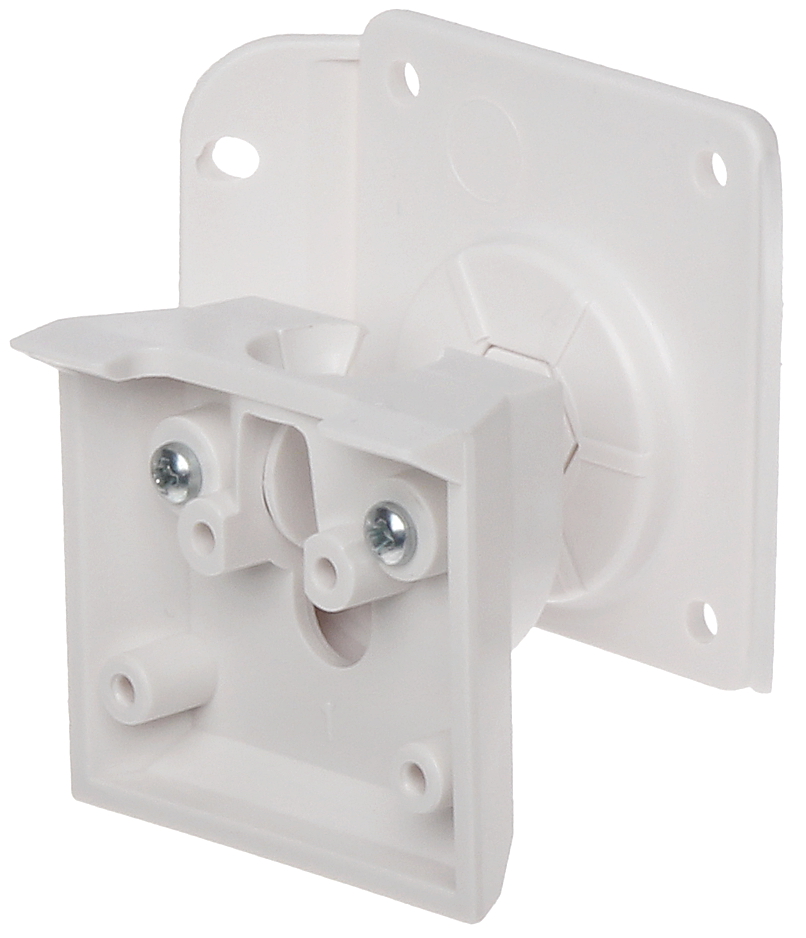
The temperature increased just as it should if the thallium atoms oscillated independently. To prove it, the researchers first measured the specific heat–the amount of heat energy required to increase the temperature of the material–of both the unfilled and filled skutterudite. It contains cage-like arrangements of 12 antimony atoms, and thallium atoms inserted into the cages rattle about independently, report Raphael Hermann and Fernande Grandjean of the University of Liege in Belgium and their colleagues. The crystal is a combination of antimony and cobalt known as a skutterudite. Now a team of physicists reports the clearest sighting yet of Einstein oscillators in a metallic crystal. They are observed routinely in glasses, which are made of randomly arranged atoms and do not conduct electricity. These independent atoms are known as Einstein oscillators because, in the first applications of quantum theory to solids, Albert Einstein assumed a crystal consists entirely of independently oscillating atoms. While having little effect on the electrons, such separately shaking atoms should make the crystal appear disorderly to heat-carrying vibrations, scattering them and impeding their flow. One possible solution is to load a metallic crystal with extra, weakly bound atoms that rattle independently of passing wave-like vibrations. Concocting a solid substance that does both things well is difficult because while electrons travel most easily through a crystalline material, so do vibrations. However, it must not allow that energy to flow back in the form of vibrations of the atoms in the material. A thermoelectric material must allow electrons to flow freely, so they can carry away heat energy. Researchers would like to make thermoelectric materials more efficient, however, and to do that they must solve a paradox. Thermoelectric generators power far-flung space probes, such as NASA’s Cassini spacecraft, which will soon reach Saturn. For example, thermoelectric refrigerators cool microchips in night-vision goggles, tissue samples in medical devices, and beer and soda in picnic coolers. Such thermoelectric effects are usually miniscule, but a few materials show a special knack for swapping heat and electricity and have found a variety of uses.

Conversely, heating the left end will jostle electrons toward the right and create a current. The randomly rattling atoms deflect heat-carrying vibrations, and the observation could lead to new materials that cool by carrying a current, or that convert heat into electricity.Įlectrons flowing through a length of wire carry heat energy, so if a voltage pushes them to the right, the left end of the wire gets a bit colder. Like so many go-go dancers gyrating in their cages, atoms in the nooks of a metallic crystal shake independently, physicists report in the 4 April PRL.

Such randomly shaking atoms could be key to developing materials that conduct electricity, but not heat.

Thallium atoms (green) rattle independently in tiny pens formed by antimony atoms (blue) in a cobalt (inside red octahedra) and antimony compound known as a skutterudite.


 0 kommentar(er)
0 kommentar(er)
